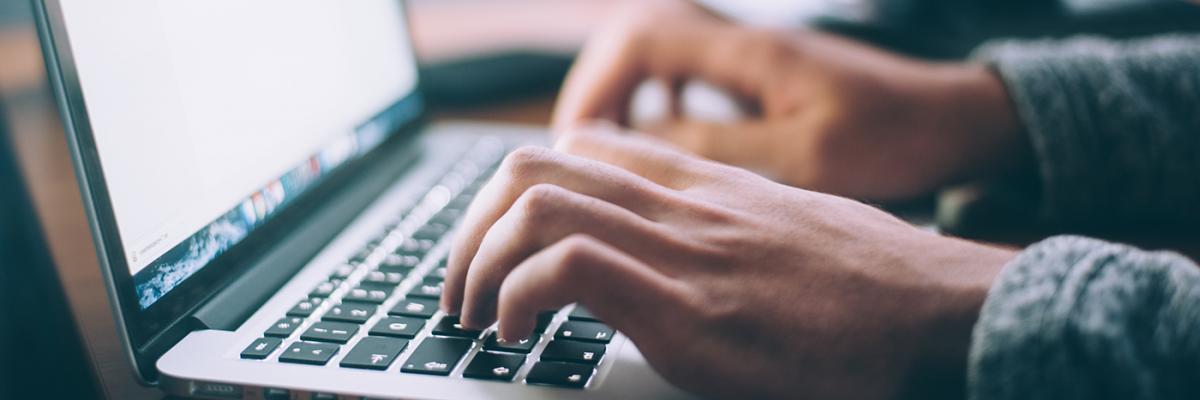Energy Efficiency
The University has invested in technology and infrastructure to improve the efficiency of our buildings. Simple changes to our behaviour can help further reduce energy use.

Did you know? Purchased electricity accounts for the largest percentage of the University's carbon emissions.
Mechanical equipment upgrades, efficient lighting retrofits, installation of occupancy sensors and de-lamping (removing fluorescent tubes from fittings where the light output exceeds what is required) has helped significantly reduce energy in our buildings.
Energy audits
After-hours energy audits have revealed that hundreds of thousands of dollars worth of electricity is wasted each year from not turning off computers, lights and other electrical devices. Conduct an after-hours Energy Audit in your area to identify opportunities to switch off and save energy.
What you can do
- Switch off lights when not in use and remind your colleagues to do the same. Contact us for 'Switch Off' stickers.
- Unplug your devices when not using them to stop the draw of standby power.
- Set automatic timers on high-use electrical equipment left on overnight, such as water boilers and coffee machines.
- Test the lighting output to help determine whether your area is over-lit. Contact us to borrow a Lux (light) Meter.
- Remove objects blocking natural light from windows, such as blinds, curtains or plants.
- Check the efficiency of old plug-in equipment using an energy meter and review the readings with the manufacturers specifications to see if the device is working as efficiently as possible. Contact us to borrow an energy meter.
- Update your laptop settings to save power:
- From the Start menu - Settings – Personalisation - Lock screen - Screen timeout settings - Additional power settings - Change plan settings.
- Update the sleep and display settings to 10 minutes (turn off display) and 20 minutes (put computer to sleep).
- Lower the screen brightness back to an appropriate level for your eyes to further save energy.
